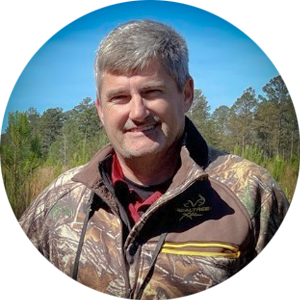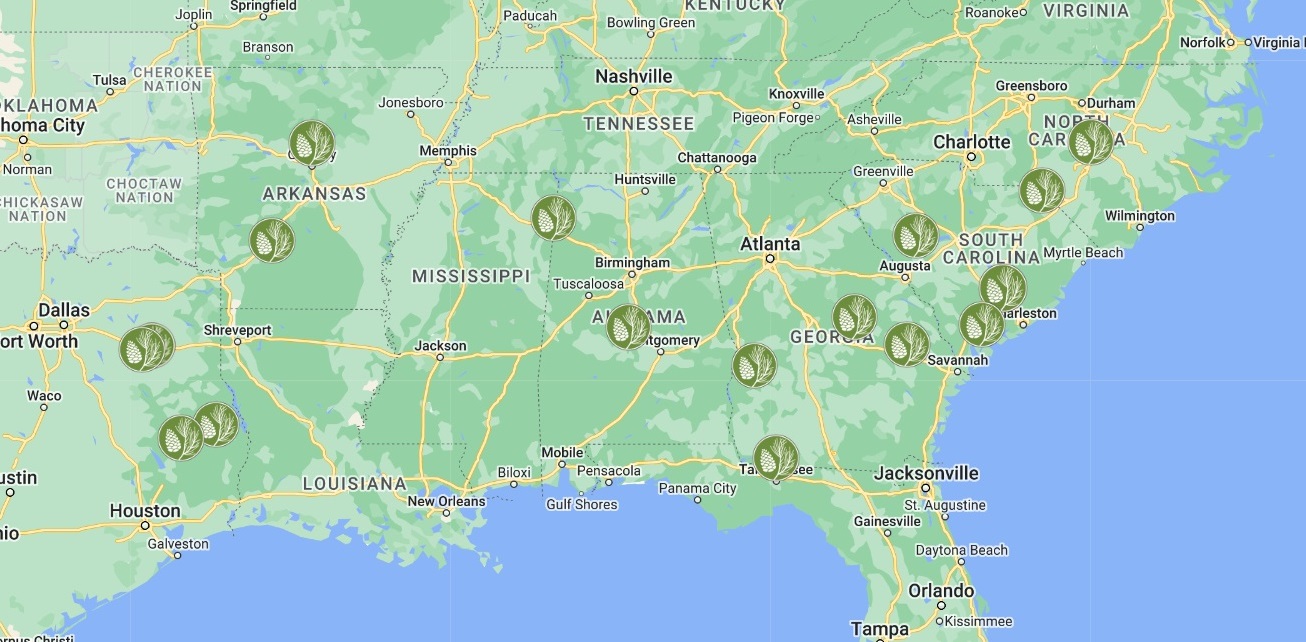
Authored by Kylie Burdette
Kylie is the ArborGen Reforestation Advisor for South Carolina.
As we observe the beginning of the planting season in the southeastern region, it’s noteworthy to recognize that the seedlings currently taking root have undergone a two to three-year development process. The journey commences with the procurement of seeds, but the true challenge lies in ensuring that we plant precisely what aligns with your vision for your land. Your unique preferences play a pivotal role, and to ensure success, accurate information from you is crucial.


In our regular discussions with foresters and landowners about present and future timber markets, the intriguing idea of a crystal ball often arises. Unfortunately, we lack a crystal ball capable of revealing stumpage prices or market performance over the next 15 years. However, what we can do is engage in meticulous planning for the upcoming planting season. While it may not be the crystal ball of our imagination, this planning approach positions us for success in the future.

The significance of this planning becomes even more apparent when we consider the substantial 20+ year investment involved in timber plantation. Consequently, it makes logical sense to initiate discussions about the genetic aspects of the next planting season as early as January and February. By mid-February, the selected seeds have entered the stratification process, marking a point of no return. These choices will materialize into the next year’s crop.
Early planning ensures certainty regarding the availability of stock type, provenance, and genetic category because your preferences for the following year are already secured. In essence, the true crystal ball lies in proactive planning and readiness for the future.













